Home>Gardening & Outdoor>Landscaping Ideas>How To Cut Grass With A String Trimmer
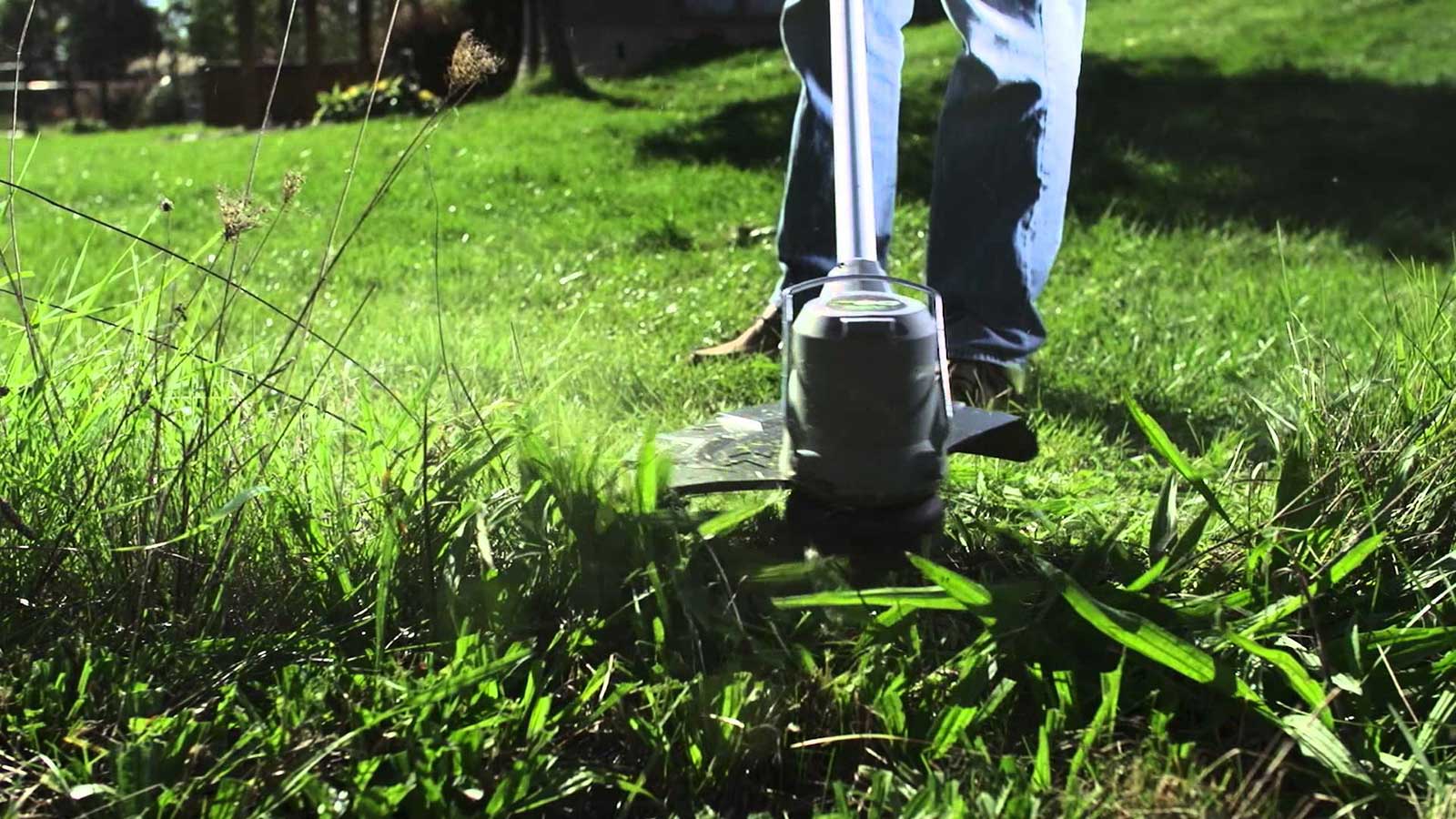

Landscaping Ideas
How To Cut Grass With A String Trimmer
Modified: March 25, 2024
Learn effective landscaping ideas for cutting grass with a string trimmer. Discover expert tips for maintaining a well-manicured lawn.
(Many of the links in this article redirect to a specific reviewed product. Your purchase of these products through affiliate links helps to generate commission for Storables.com, at no extra cost. Learn more)
Introduction
Welcome to the world of landscaping, where the art of lawn maintenance meets the precision of modern technology. When it comes to achieving a well-manicured lawn, the string trimmer emerges as a versatile and indispensable tool. Whether you're a seasoned landscaper or a DIY enthusiast, mastering the art of cutting grass with a string trimmer can elevate the aesthetics of your outdoor space.
In this comprehensive guide, we will delve into the nuances of using a string trimmer to achieve professional-looking results. From safety precautions to trimming techniques and equipment maintenance, this article will equip you with the knowledge and skills needed to transform your lawn into a pristine and inviting landscape.
So, grab your string trimmer and let's embark on a journey to discover the art and science of grass cutting with precision and finesse.
Key Takeaways:
- Safety first! Prioritize protective gear, inspect the area, and follow guidelines for a secure and enjoyable grass-cutting experience with a string trimmer.
- Choose the right trimmer, master effective techniques, and maintain your equipment for a beautifully manicured lawn with precision and finesse.
Read more: How To Cut Grass With A Trimmer
Safety Precautions
Before diving into the world of grass cutting with a string trimmer, it’s crucial to prioritize safety. Operating a string trimmer requires careful attention to minimize the risk of accidents and ensure a secure working environment. Here are essential safety precautions to adhere to:
- Protective Gear: Prior to using a string trimmer, don appropriate protective gear, including safety goggles, ear protection, gloves, and sturdy footwear. These items shield you from debris, noise, and potential hazards.
- Inspect the Area: Before commencing work, survey the area for obstacles such as rocks, tree stumps, or hidden debris. Clear the space to prevent the trimmer line from striking these objects and causing dangerous ricochets.
- Trimming Conditions: Avoid operating the string trimmer in adverse weather conditions, such as heavy rain or strong winds. Wet grass can make the ground slippery, increasing the risk of slips and falls.
- Power Source Safety: If you’re using a corded electric trimmer, ensure the power cord is safely secured and positioned away from the cutting path to prevent accidental severing.
- Mindful Operation: Maintain a firm grip on the trimmer, and be mindful of the trimmer head’s position at all times. Avoid overreaching or working at awkward angles to prevent strain and potential loss of control.
- Switch Off When Idle: When taking breaks or moving between work areas, switch off the trimmer to prevent accidental activation and potential injury.
- Children and Pets: Keep children and pets at a safe distance from the work area to prevent accidental contact with the trimmer and flying debris.
- Follow Manufacturer’s Guidelines: Adhere to the manufacturer’s instructions and guidelines for operating the specific model of string trimmer you are using.
By prioritizing safety measures, you can create a secure environment for using a string trimmer, allowing you to focus on achieving exceptional results without compromising your well-being.
Choosing the Right String Trimmer
When it comes to selecting a string trimmer, numerous options are available, each tailored to specific needs and preferences. Understanding the key factors to consider can guide you towards choosing the ideal trimmer for your landscaping endeavors. Here are essential considerations to keep in mind:
- Power Source: String trimmers are available in electric, battery-powered, and gas-powered models. Electric trimmers are suitable for smaller yards, offering eco-friendly operation and minimal noise. Battery-powered trimmers provide cordless convenience, ideal for medium-sized properties. Gas-powered trimmers deliver robust performance, making them suitable for larger areas and tougher vegetation.
- Trimmer Type: String trimmers come in various configurations, including straight shaft, curved shaft, and adjustable shaft models. Straight shaft trimmers offer extended reach and are well-suited for tall users. Curved shaft trimmers provide enhanced maneuverability, making them ideal for detailed work in tight spaces. Adjustable shaft trimmers offer versatility, allowing you to customize the length for optimal comfort.
- Cutting Width and Line Feed: Consider the cutting width and line feed mechanism of the trimmer. A wider cutting swath enables faster coverage of larger areas, while a convenient line feed system ensures seamless line advancement without interrupting your workflow.
- Weight and Balance: Evaluate the weight and balance of the trimmer to ensure comfortable handling during prolonged use. A well-balanced trimmer minimizes fatigue and enhances control, promoting precise cutting and maneuvering.
- Additional Features: Explore additional features such as adjustable handles, vibration reduction systems, and compatibility with various attachments. These features can enhance user comfort and expand the trimmer’s functionality for diverse landscaping tasks.
- Brand Reputation and Warranty: Research reputable brands known for producing durable and reliable trimmers. Additionally, prioritize models that offer comprehensive warranties, providing peace of mind regarding long-term performance and support.
By carefully assessing these factors and aligning them with your specific landscaping requirements, you can confidently select a string trimmer that empowers you to achieve exceptional results while enjoying a seamless and satisfying trimming experience.
Preparing the Trimmer
Before embarking on the grass-cutting journey with your string trimmer, it’s essential to prepare the equipment for optimal performance and safety. Proper preparation ensures that the trimmer operates efficiently and minimizes the risk of potential issues during operation. Here are the key steps to prepare your trimmer:
- Inspect and Clean: Begin by inspecting the trimmer for any signs of damage, wear, or loose components. Ensure that the cutting head, guard, and handle are securely fastened. Clean the trimmer to remove any debris, grass clippings, or residue that may impede its functionality.
- Check the Trimmer Line: Examine the trimmer line for wear and tear, and replace it if it appears frayed or worn out. Utilize the appropriate trimmer line diameter and type recommended for your specific trimmer model to ensure optimal cutting performance.
- Verify Fuel or Power Source: If you’re using a gas-powered trimmer, ensure that it is fueled up with the appropriate gasoline and oil mixture as per the manufacturer’s guidelines. For electric trimmers, confirm that the battery is fully charged or the power cord is compatible with a reliable power source.
- Adjust the Trimmer’s Settings: Customize the trimmer’s settings, such as the cutting height and line advancement mechanism, to align with the specific grass-cutting requirements of your lawn. Refer to the trimmer’s manual for guidance on making these adjustments.
- Secure Personal Protective Equipment (PPE): Prior to operating the trimmer, equip yourself with the necessary personal protective gear, including safety goggles, ear protection, gloves, and sturdy footwear. These items safeguard you from potential debris and noise exposure during operation.
- Warm Up Gas-Powered Trimmers: If you’re using a gas-powered trimmer, allow it to warm up for a few minutes before commencing work. This helps optimize its performance and ensures smooth operation during grass cutting.
By meticulously preparing your string trimmer, you set the stage for a seamless and productive grass-cutting experience. These preparatory measures not only enhance the trimmer’s functionality but also contribute to a safe and efficient landscaping endeavor, allowing you to achieve pristine results with confidence and ease.
When cutting grass with a string trimmer, make sure to wear protective eyewear and long pants to avoid injury from flying debris. Keep the trimmer head parallel to the ground for an even cut.
Trimming Techniques
Mastering effective trimming techniques is essential for achieving a well-groomed and polished lawn with a string trimmer. By employing the right methods, you can seamlessly navigate around obstacles, create clean edges, and maintain uniform grass height. Here are key trimming techniques to elevate the aesthetics of your lawn:
- Stance and Posture: Adopt a stable and balanced stance while holding the string trimmer. Maintain a relaxed posture, with your feet shoulder-width apart and your knees slightly bent. This posture promotes better control and minimizes strain during operation.
- Horizontal Trimming: When trimming the edges of your lawn or along pathways, hold the trimmer parallel to the ground and move it in a sweeping motion. Keep the trimmer head level to achieve a consistent cutting height and create precise, straight edges.
- Vertical Trimming: For vertical trimming along fences, walls, or garden borders, hold the trimmer perpendicular to the ground. Use smooth, upward motions to trim grass and weeds, maintaining a steady pace to ensure uniform results.
- Angle Trimming: When tackling areas around trees, shrubs, or landscape features, angle the trimmer head slightly to navigate around obstacles with ease. This technique allows you to trim close to objects while maintaining a neat and polished appearance.
- Overlap Technique: Implement an overlap strategy while trimming to ensure thorough coverage and prevent missed spots. Slightly overlap each pass of the trimmer to guarantee uniform cutting and achieve a professional-looking finish.
- Trimming Height Adjustment: Adjust the cutting height of the trimmer to achieve the desired grass length and create a seamless transition between trimmed and untrimmed areas. This adjustment facilitates a consistent and visually appealing appearance across the entire lawn.
- Continuous Motion: Maintain a steady and continuous motion while trimming to achieve smooth and even results. Avoid abrupt starts and stops, as they can lead to uneven cutting and disrupt the uniformity of the trimmed areas.
By incorporating these trimming techniques into your grass-cutting routine, you can elevate the visual appeal of your lawn while optimizing the efficiency and precision of your string trimmer. These methods empower you to achieve professional-grade results and showcase a meticulously maintained outdoor space that exudes charm and sophistication.
Read more: How To Advance String On Ryobi Trimmer
Edging with a String Trimmer
Creating defined and crisp edges along walkways, driveways, and garden beds is a hallmark of a well-maintained lawn. Edging with a string trimmer allows you to achieve clean lines and a polished look, enhancing the overall aesthetics of your outdoor space. Here’s a step-by-step guide to effectively edge your lawn with a string trimmer:
- Assess the Edging Area: Survey the perimeter of the designated edging area to identify the boundary between the grass and the adjacent surface, such as concrete or pavers. Visualize the desired edge line and plan your approach accordingly.
- Stabilize the Trimmer: Hold the string trimmer firmly with both hands, ensuring a secure grip on the handle and trigger. Position the trimmer parallel to the edge line, with the cutting head angled slightly outward to avoid contact with the adjacent surface.
- Initiate the Edging Cut: Start the trimmer and carefully guide the cutting head along the edge line, allowing the trimmer line to make contact with the overhanging grass. Maintain a steady and deliberate pace to create a clean and uniform cut along the perimeter.
- Angle Adjustment: Adjust the angle of the trimmer head as needed to accommodate curves or irregularities along the edge line. Flexibility in maneuvering the trimmer allows you to achieve smooth transitions and precise contours while edging.
- Overlapping Passes: Implement overlapping passes with the trimmer to ensure thorough and consistent edging. Slightly overlap each section of the cut to eliminate any remaining overgrowth and refine the edge line for a professional finish.
- Clearing Debris: As you progress along the edging path, periodically pause to clear away trimmed grass clippings and debris. This practice maintains visibility of the edge line and prevents the accumulation of cuttings on the adjacent surface.
- Final Inspection: Upon completing the edging process, inspect the trimmed edge line for uniformity and precision. Make any necessary touch-ups to refine the edges and achieve a seamlessly groomed appearance.
By following these edging techniques, you can elevate the visual appeal of your lawn, creating distinct boundaries and enhancing the overall neatness of your outdoor landscape. Edging with a string trimmer allows you to showcase a meticulously groomed lawn with well-defined edges, adding a touch of sophistication to your outdoor environment.
Maintaining Your String Trimmer
To ensure consistent performance and longevity of your string trimmer, regular maintenance is essential. Proper care and upkeep not only optimize the trimmer’s functionality but also contribute to a seamless and productive grass-cutting experience. Here are key maintenance practices to uphold the efficiency and reliability of your string trimmer:
- Cleaning and Inspection: After each use, thoroughly clean the trimmer to remove grass clippings, debris, and residue. Inspect the cutting head, trimmer line, and protective guard for any signs of wear, damage, or obstruction. Address any issues promptly to maintain optimal functionality.
- Trimming Line Replacement: Regularly replace the trimmer line to ensure efficient cutting performance. Follow the manufacturer’s guidelines for the correct line diameter and replacement procedure. Fresh trimmer line enhances cutting precision and minimizes strain on the trimmer motor.
- Lubrication and Maintenance: Apply lubrication to the trimmer’s moving parts, such as the drive shaft and cutting head, to reduce friction and prevent premature wear. Additionally, inspect and tighten any loose screws, bolts, or fasteners to maintain structural integrity.
- Filter and Air Intake Maintenance: If you have a gas-powered trimmer, regularly clean or replace the air filter to ensure proper airflow and combustion. Keep the air intake and cooling vents free from debris to prevent overheating and optimize engine performance.
- Battery Care (If Applicable): For battery-powered trimmers, adhere to the recommended charging and storage guidelines for the battery pack. Proper care of the battery ensures consistent power output and extends its lifespan for prolonged usability.
- Storage Practices: When storing the trimmer, place it in a dry and well-ventilated area to prevent moisture accumulation and corrosion. Safeguard the trimmer from extreme temperatures and direct sunlight to maintain its structural integrity and electrical components.
- Professional Servicing: Schedule periodic professional servicing and inspections, especially for gas-powered trimmers. Qualified technicians can perform comprehensive tune-ups, carburetor adjustments, and diagnostic checks to address any underlying issues and optimize performance.
By incorporating these maintenance practices into your routine, you can uphold the operational efficiency and longevity of your string trimmer, ensuring consistent and reliable performance for all your grass-cutting endeavors. Regular care and attention to the trimmer’s upkeep contribute to a seamless and satisfying landscaping experience, allowing you to achieve pristine results with confidence and ease.
Conclusion
Congratulations on embarking on a journey to master the art of cutting grass with a string trimmer. By delving into the nuances of safety precautions, equipment selection, trimming techniques, edging prowess, and maintenance best practices, you’ve gained valuable insights into transforming your outdoor space into a pristine and inviting landscape.
As you embrace the role of a meticulous landscaper, remember that safety should always be a top priority. Equipping yourself with the right protective gear and adhering to safety guidelines ensures a secure and enjoyable grass-cutting experience.
Choosing the right string trimmer tailored to your specific needs and preferences empowers you to achieve exceptional results with confidence and ease. Whether it’s a gas-powered trimmer for expansive landscapes or a battery-powered model for cordless convenience, selecting the ideal trimmer sets the stage for a seamless and satisfying grass-cutting endeavor.
Mastering effective trimming techniques and edging prowess allows you to create well-groomed and polished lawns with defined edges and uniform grass height. By implementing these techniques, you elevate the visual appeal of your outdoor space, showcasing a meticulously maintained landscape that exudes charm and sophistication.
Furthermore, prioritizing the maintenance of your string trimmer ensures consistent performance and longevity. Regular care and attention to cleaning, inspection, lubrication, and battery maintenance contribute to a reliable and efficient grass-cutting experience, allowing you to achieve pristine results with every use.
As you apply the knowledge and techniques gleaned from this guide, you are well-equipped to elevate the aesthetics of your lawn with precision and finesse. Embrace the art and science of grass cutting with a string trimmer, and revel in the satisfaction of showcasing a beautifully manicured outdoor haven that reflects your dedication and expertise.
Frequently Asked Questions about How To Cut Grass With A String Trimmer
Was this page helpful?
At Storables.com, we guarantee accurate and reliable information. Our content, validated by Expert Board Contributors, is crafted following stringent Editorial Policies. We're committed to providing you with well-researched, expert-backed insights for all your informational needs.
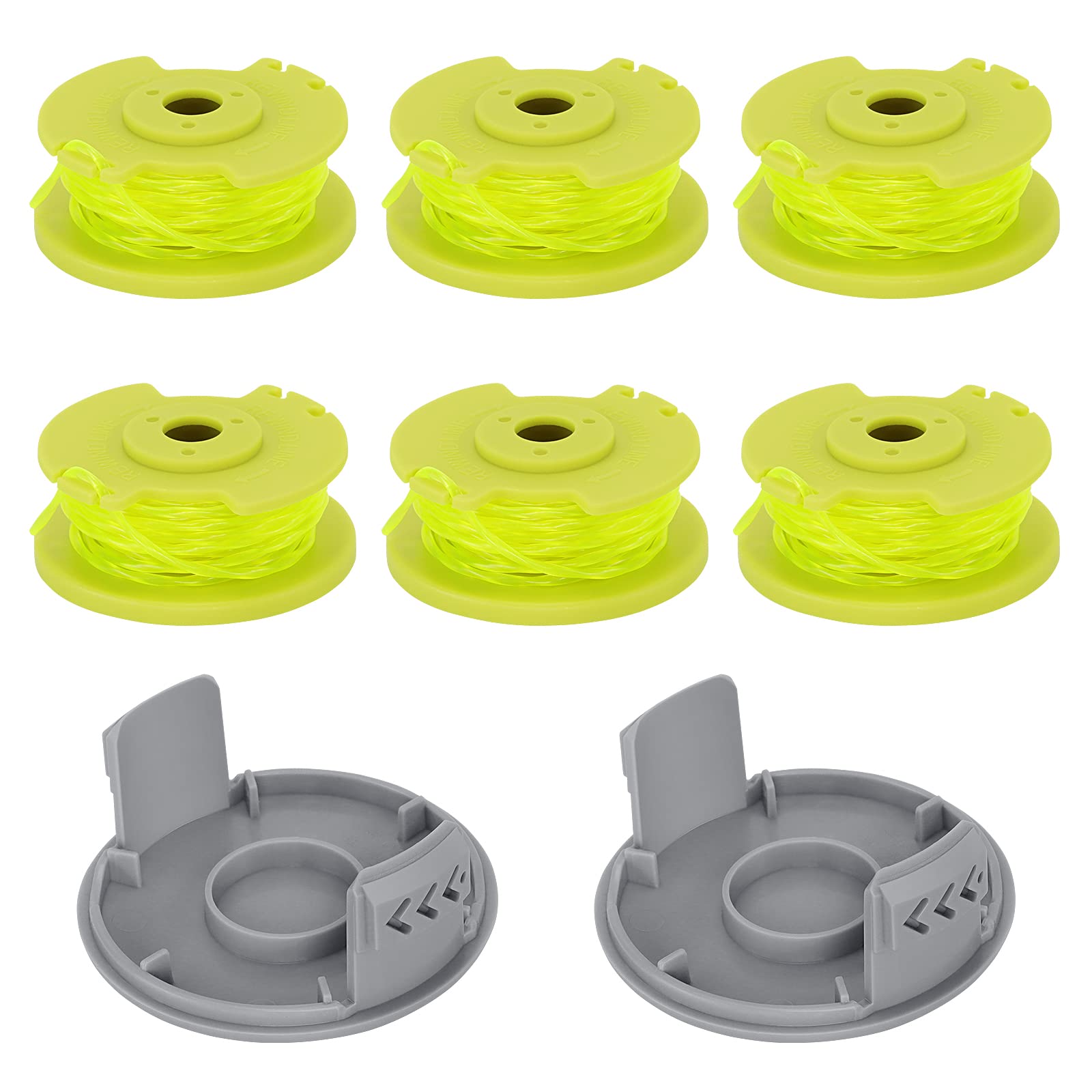
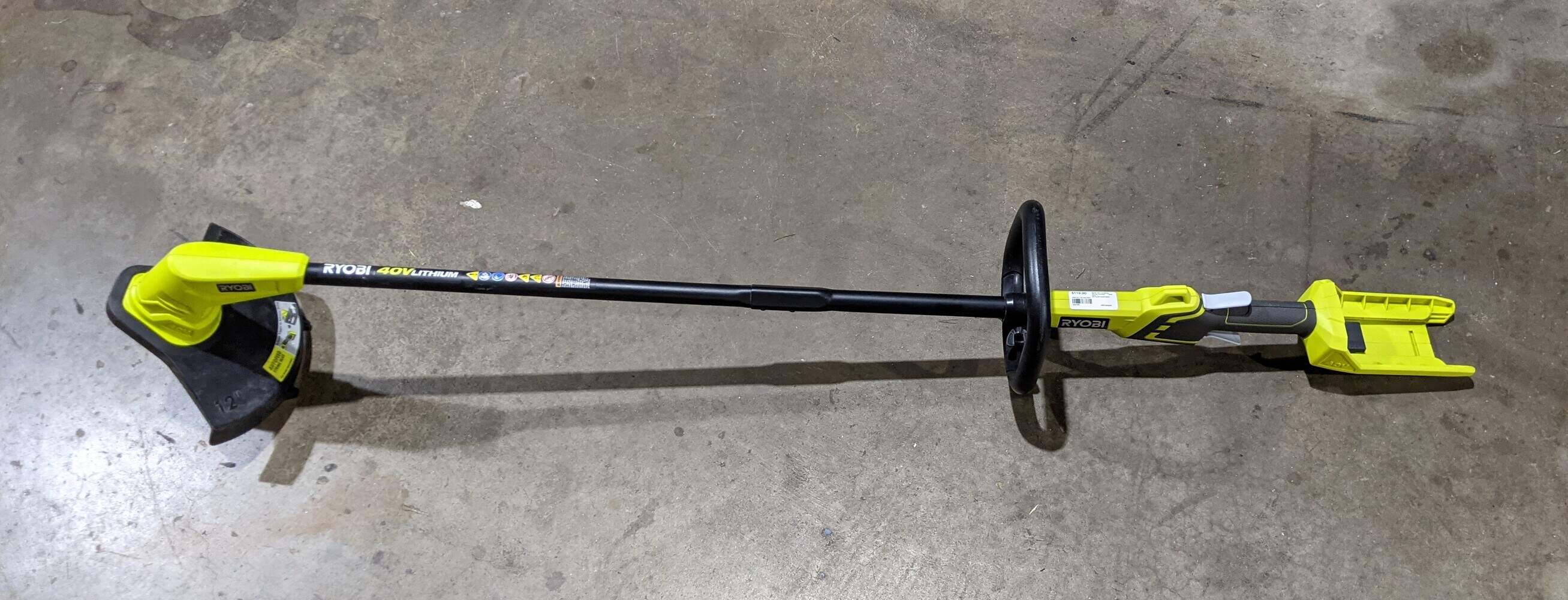
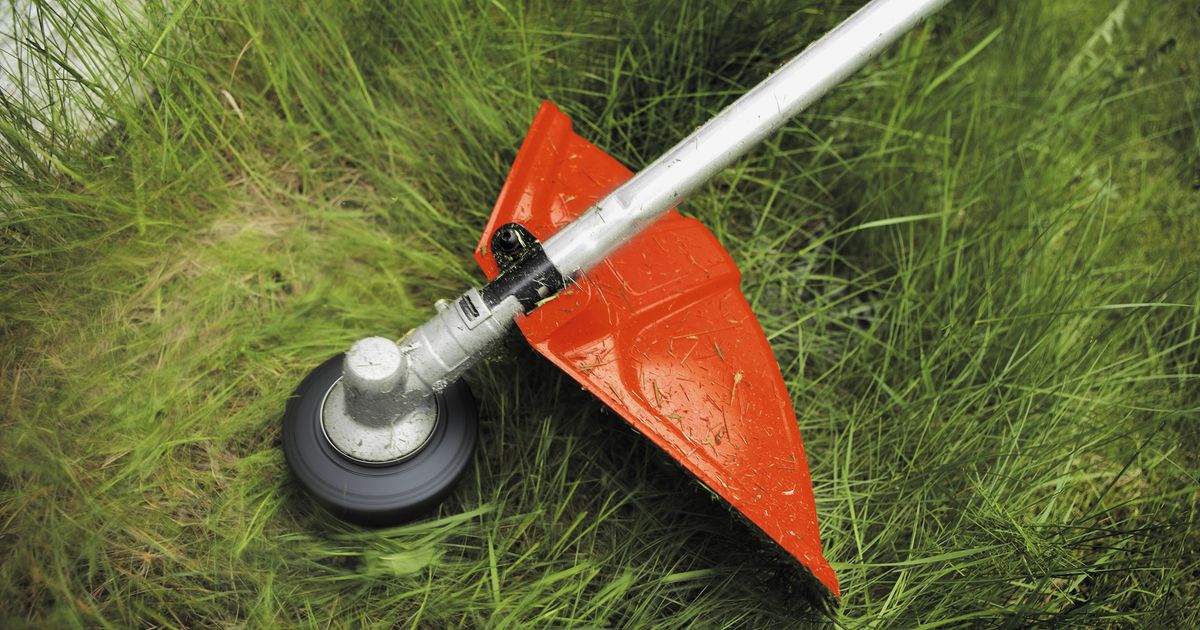
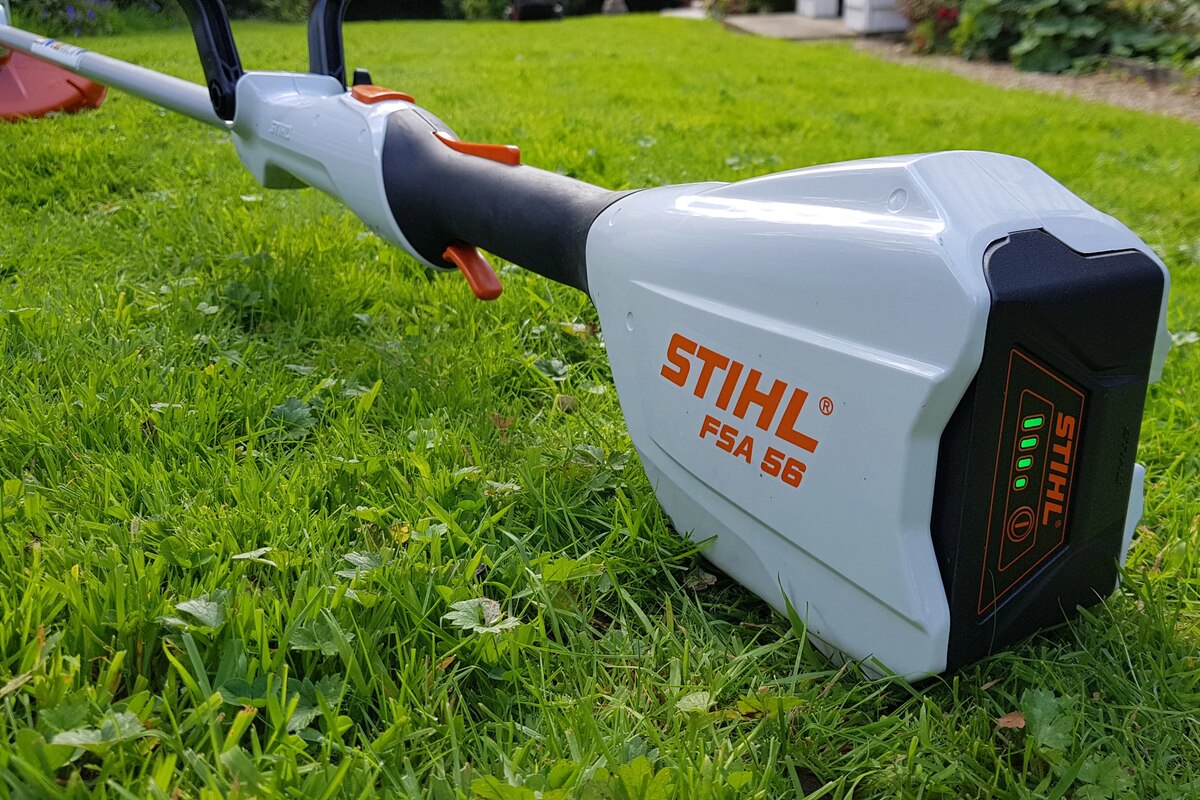
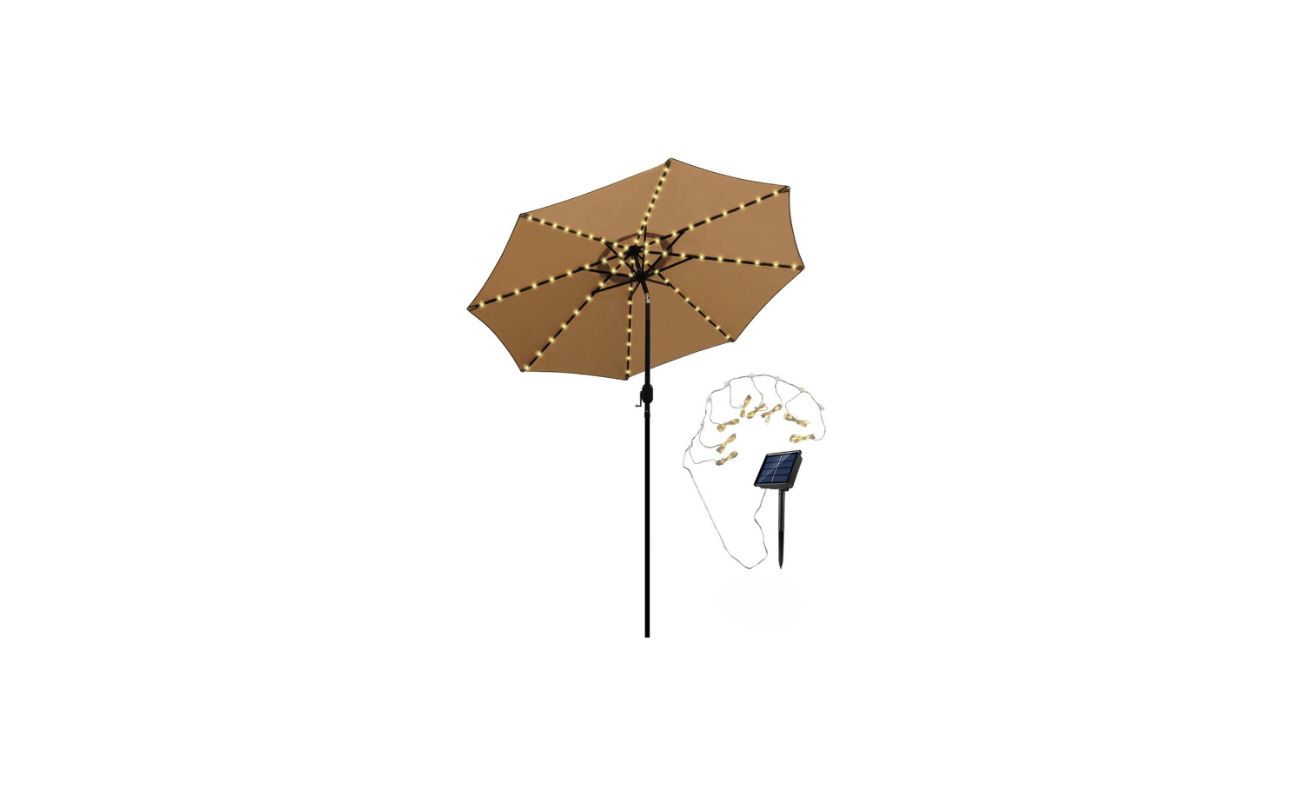
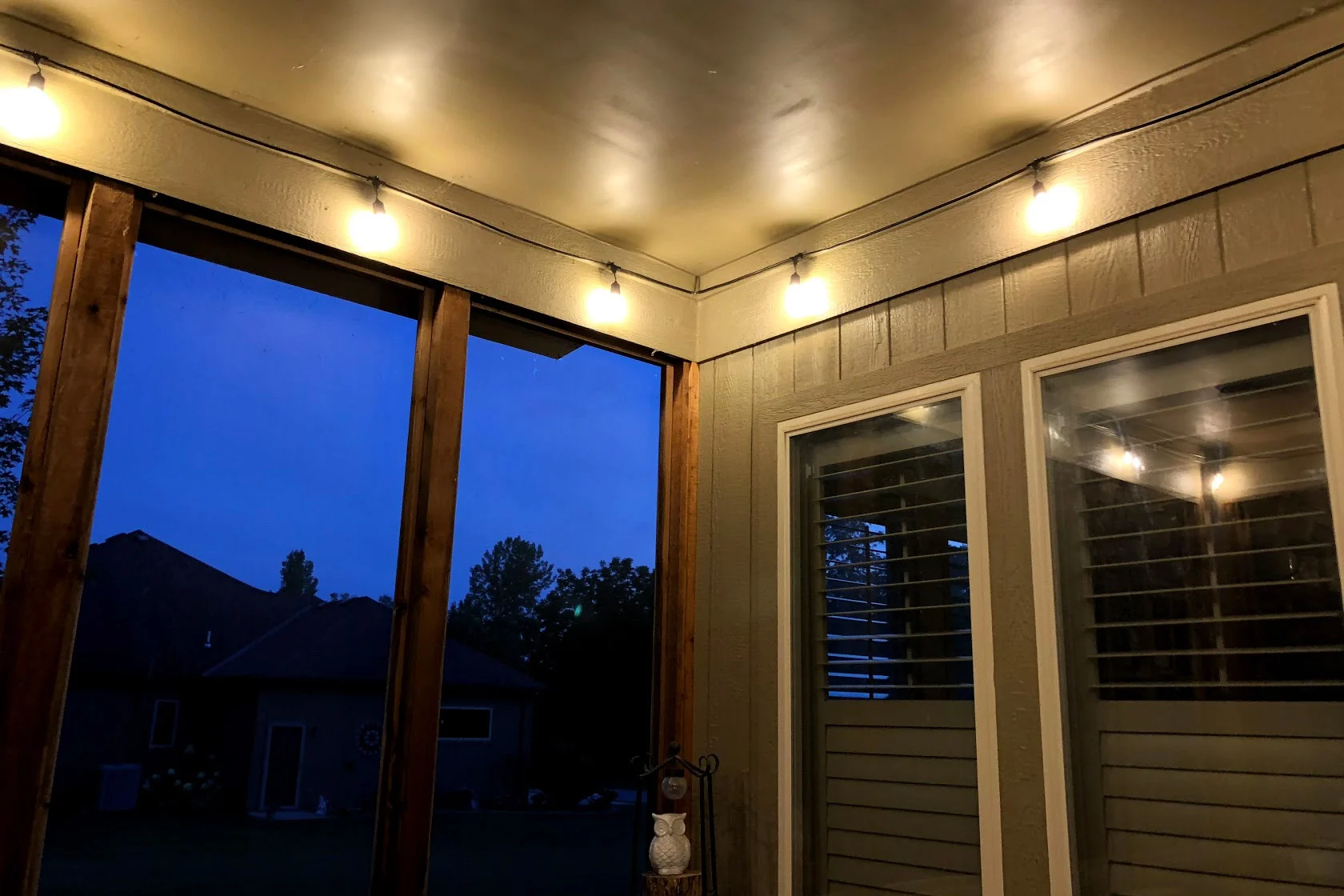
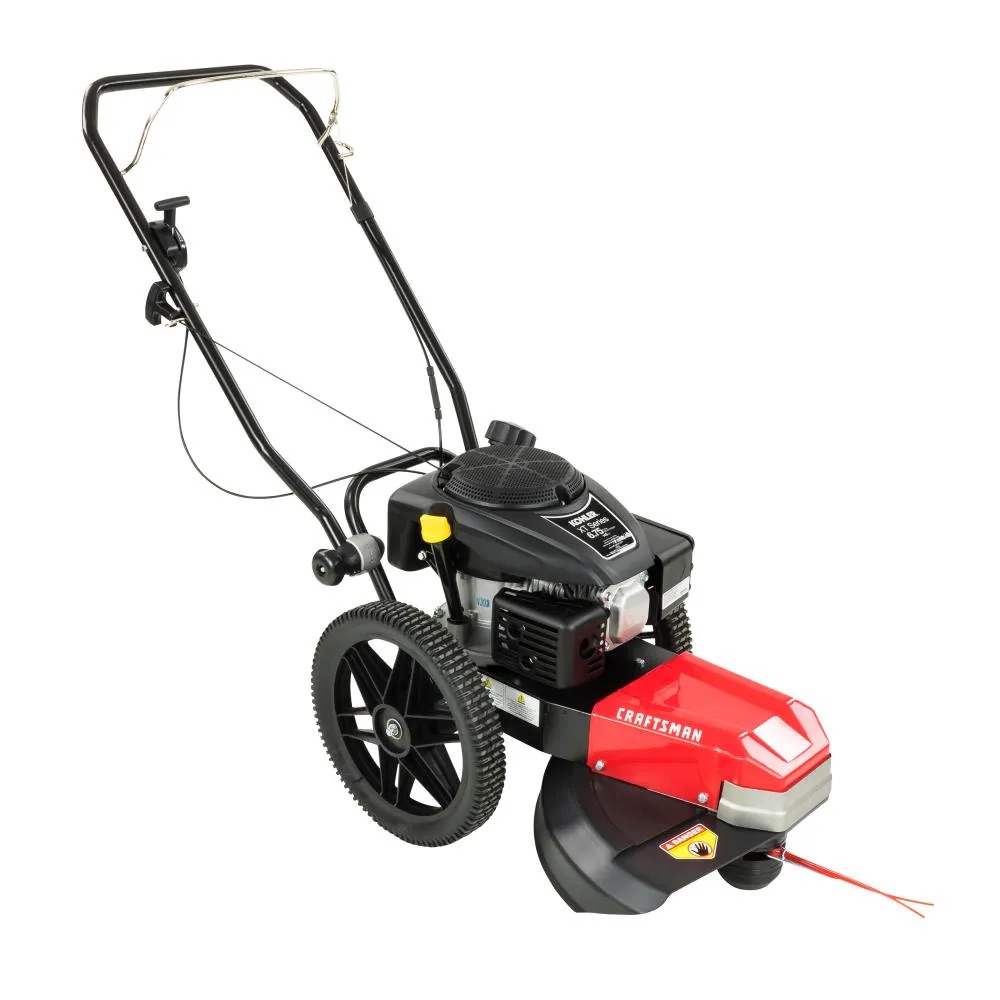
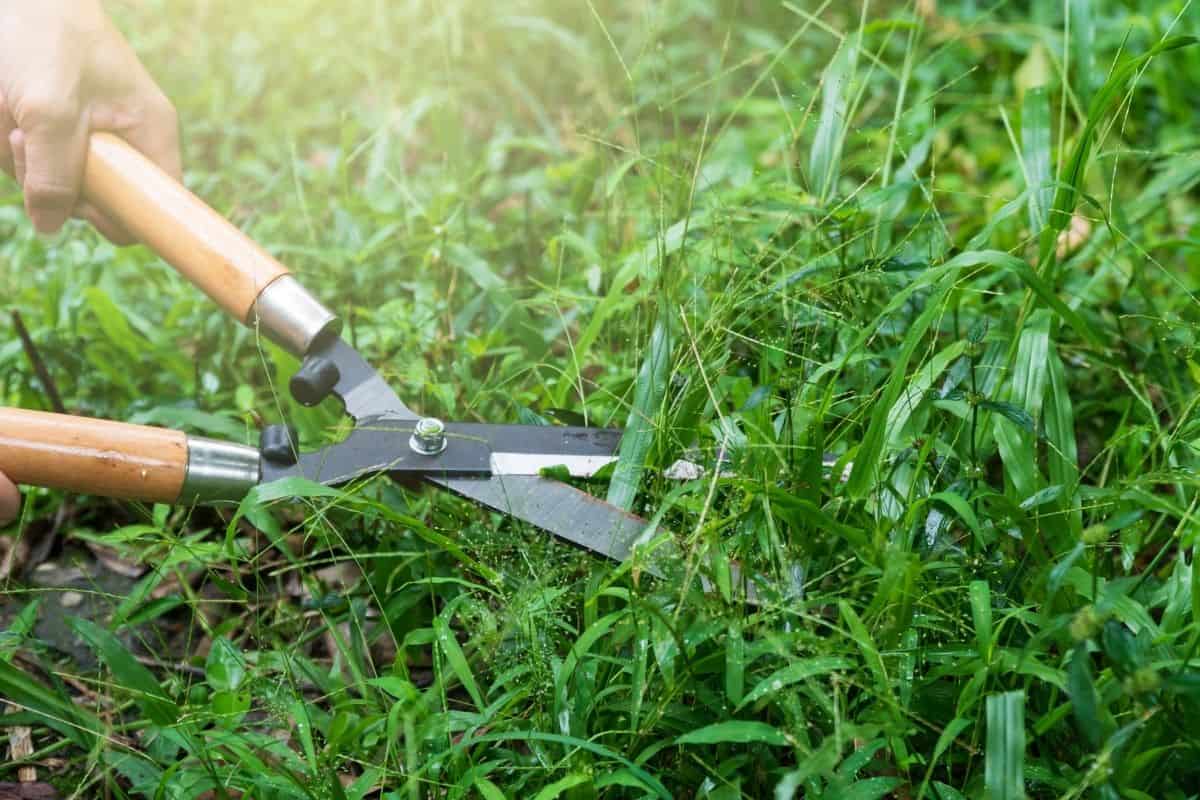
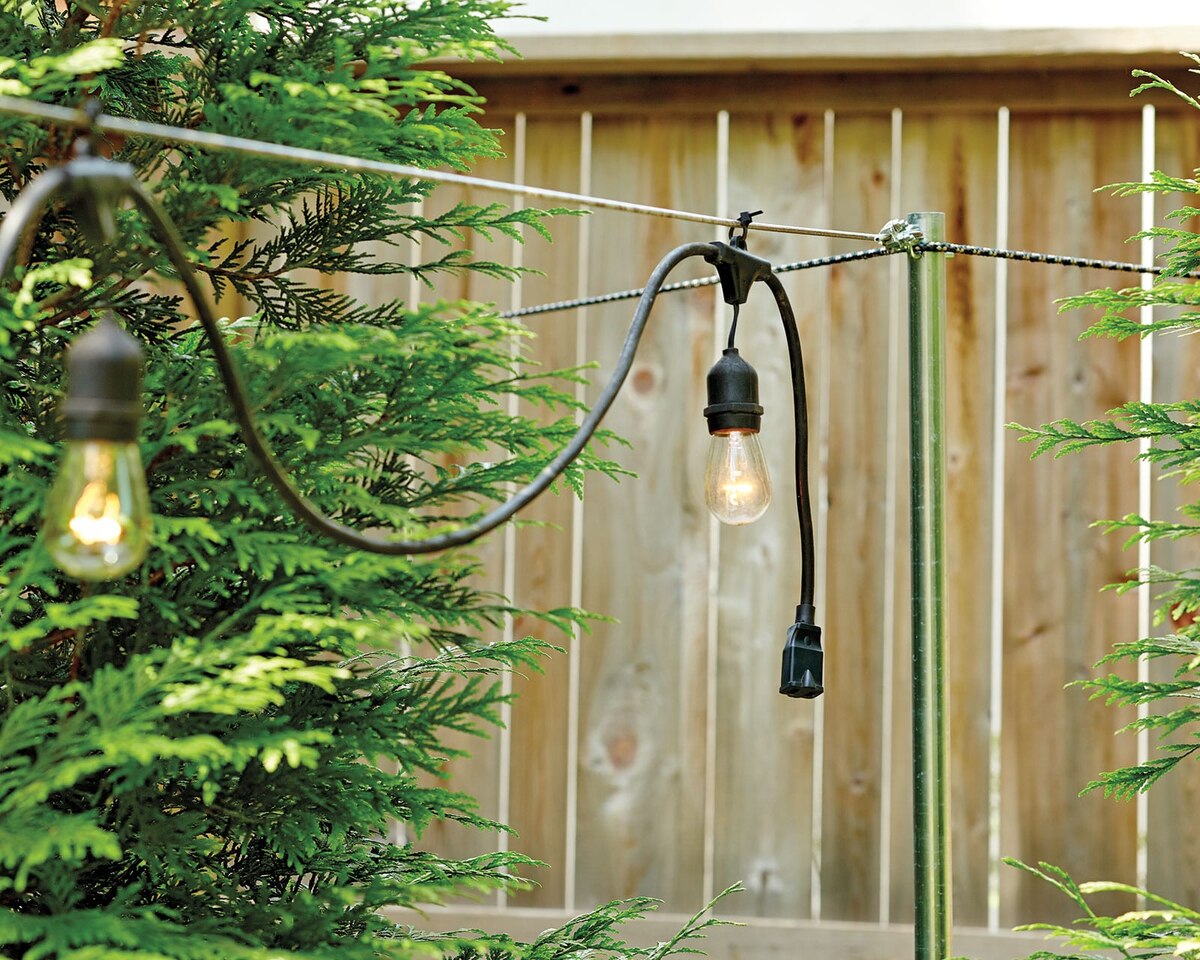
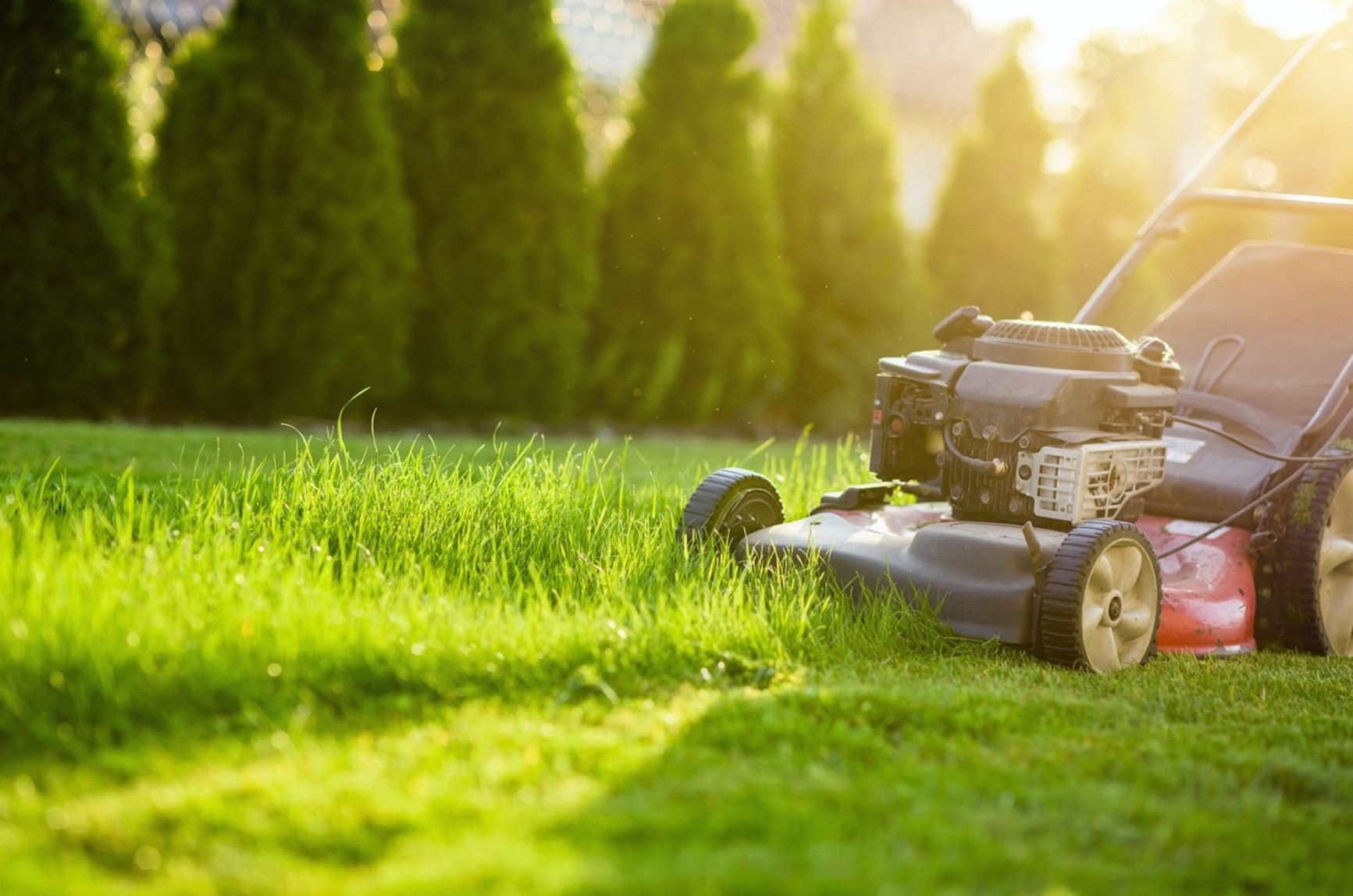
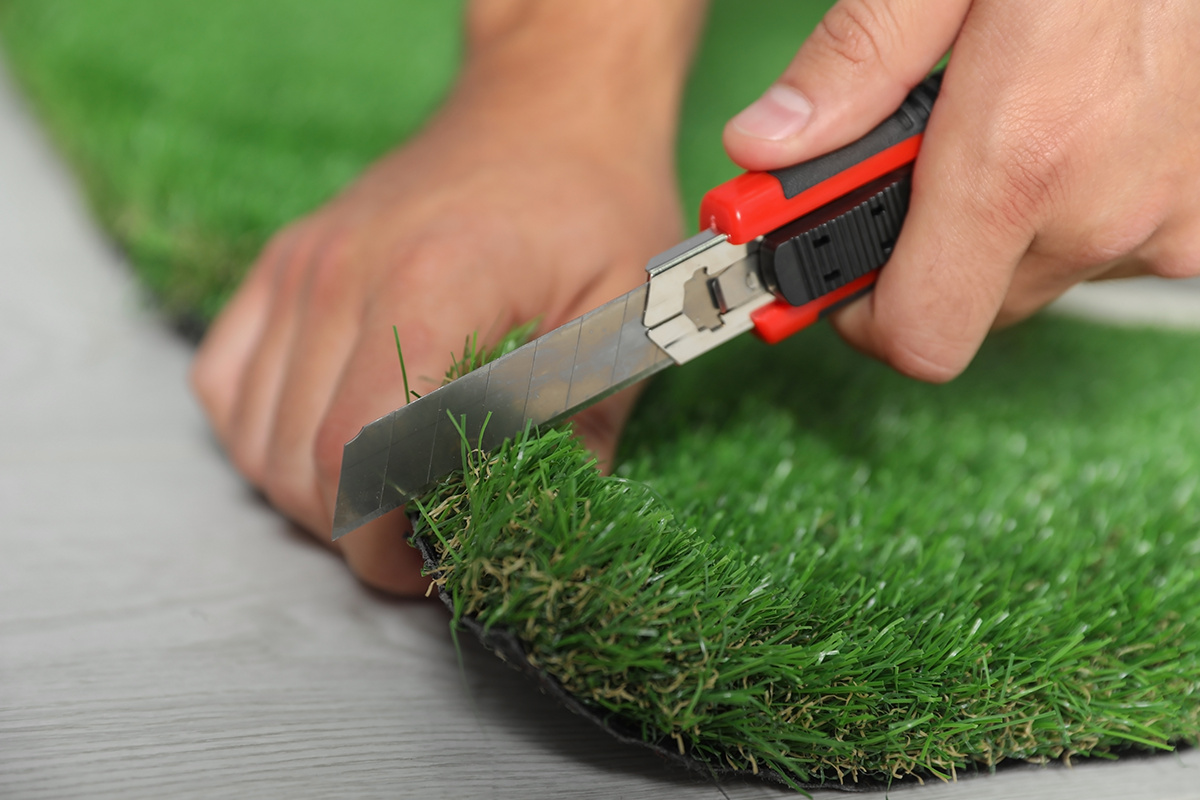
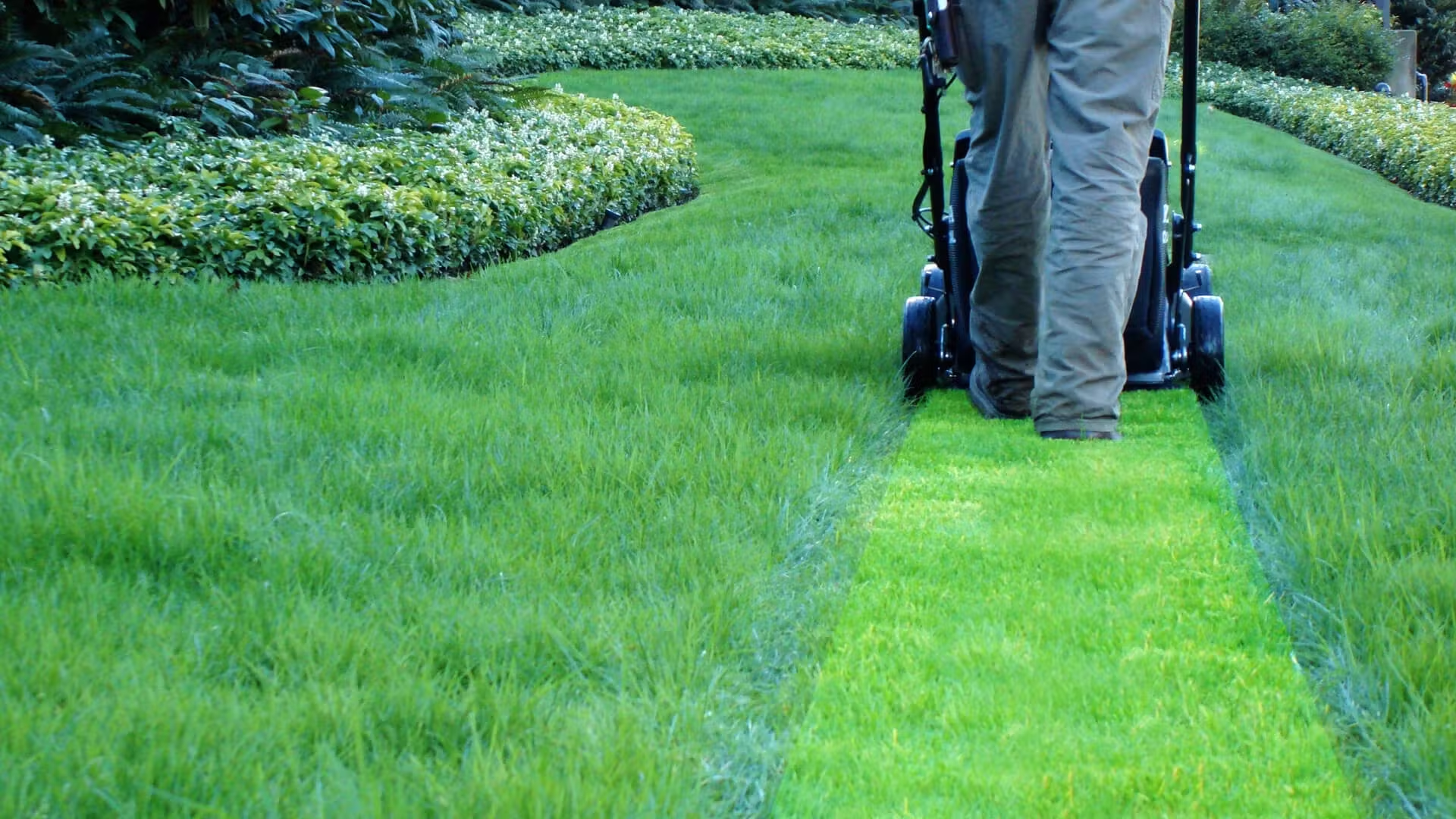
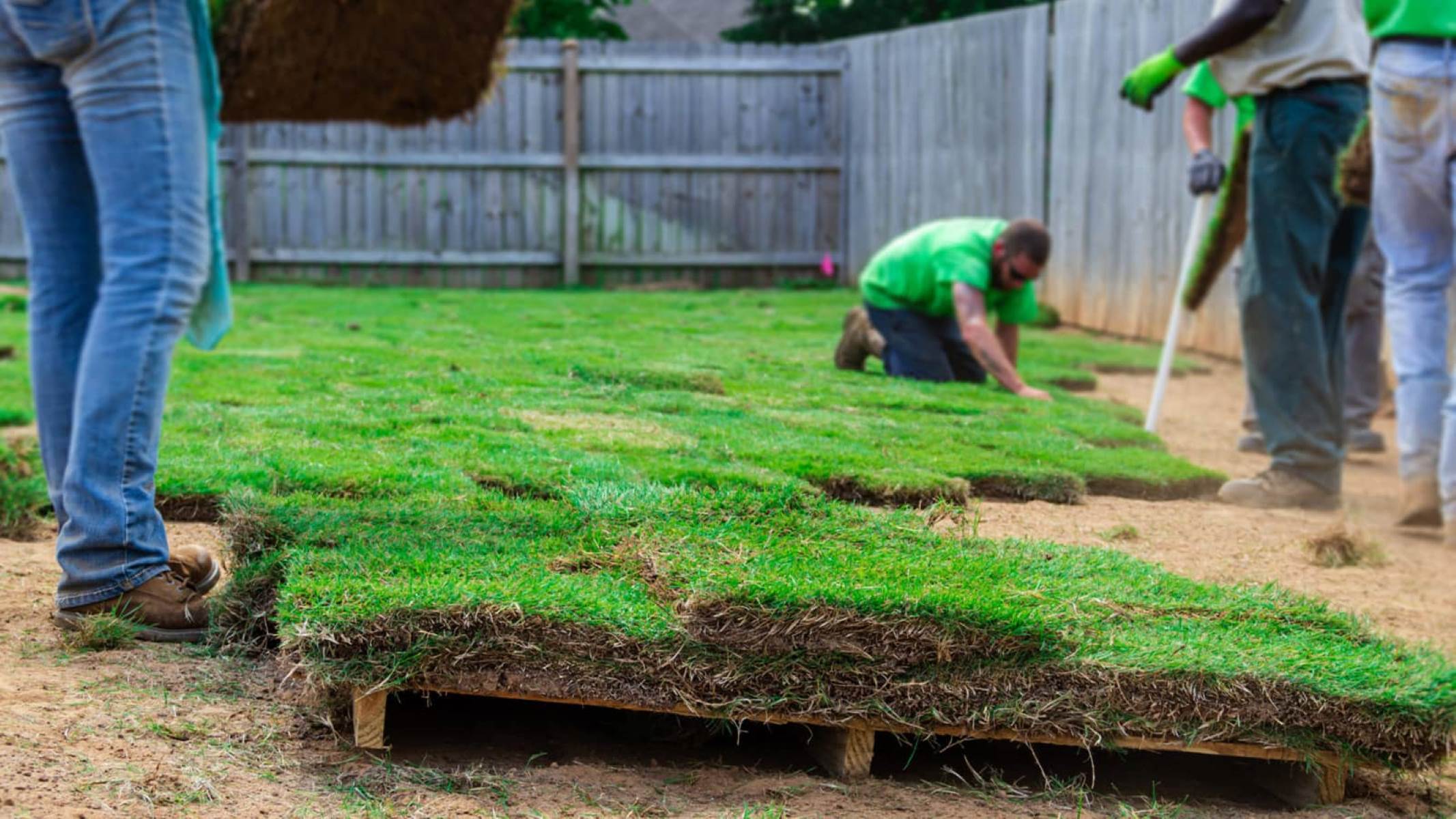
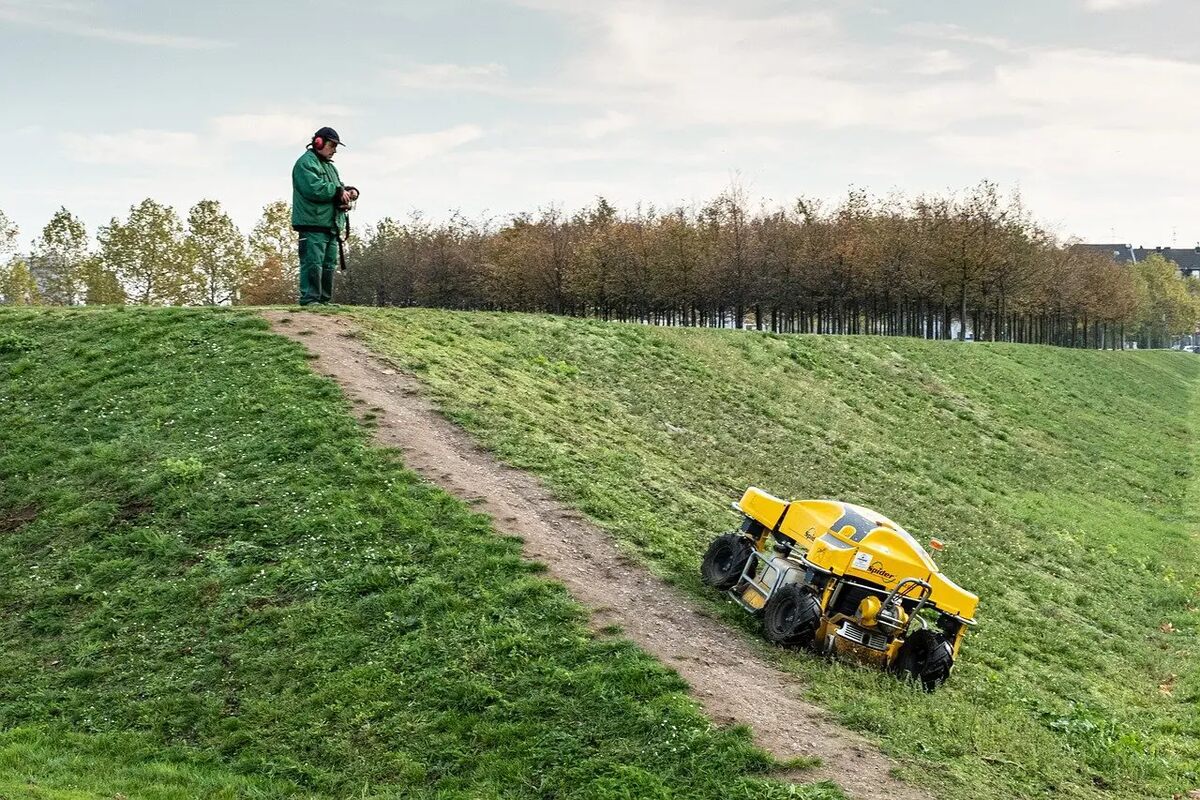

0 thoughts on “How To Cut Grass With A String Trimmer”